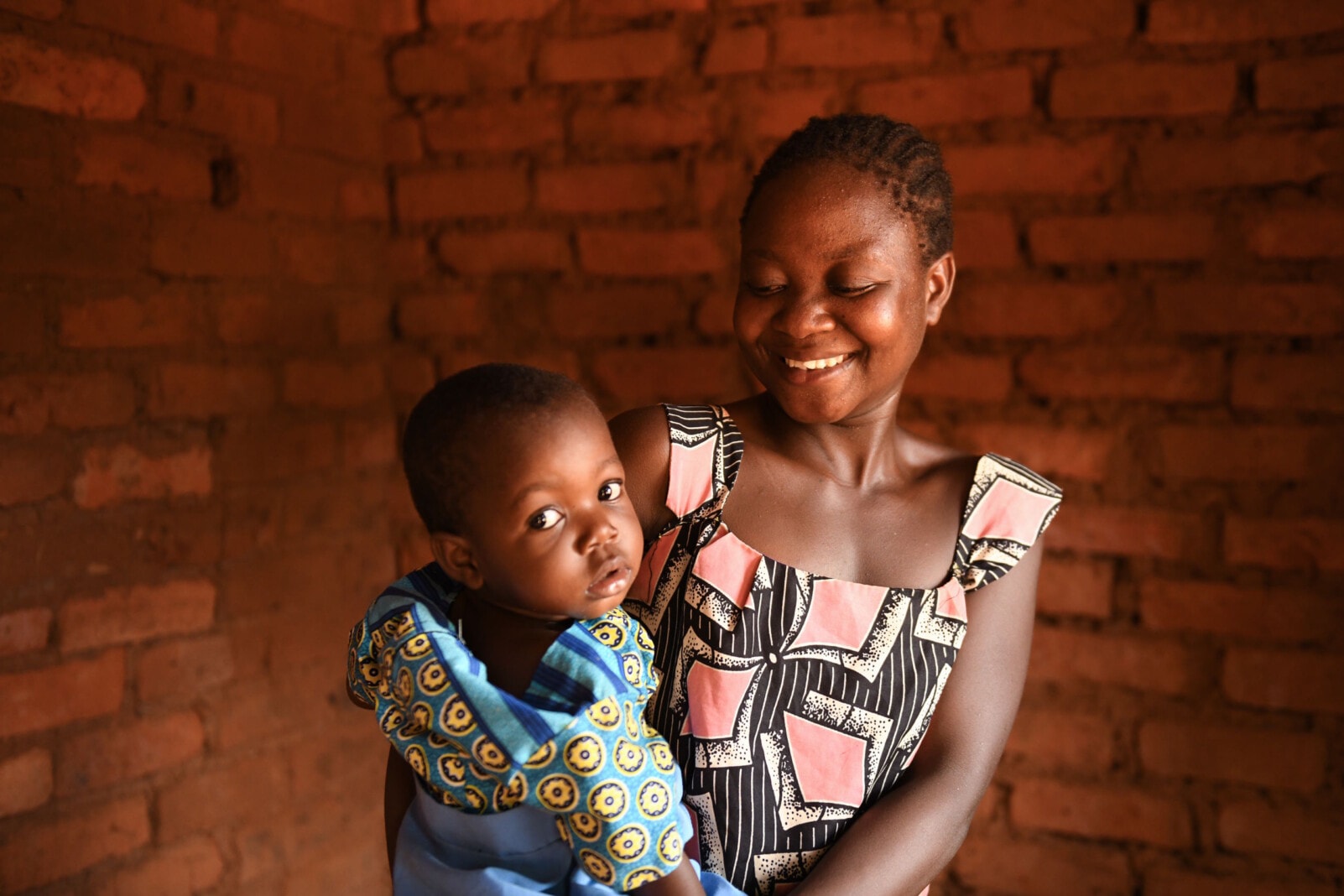Progress in reducing new HIV infections among children has stagnated in recent years
Fast facts:
- About 130,000 [confidence bounds: 90,000-210,000] new HIV infections among children under five occurred in 2022, dramatically declining from 310,000 [210,000-490,000] in 2010 and representing a 58 per cent decline.
Progress in reducing mother-to-child transmission of HIV has been dramatic since the introduction in 2011 of the ‘Global Plan towards the Elimination of New HIV Infections among Children and Keeping their Mothers Alive’ – largely because of increased access to PMTCT-related services and an increased number of pregnant women living with HIV being initiated on lifelong antiretroviral medicines. But progress is not fast enough to reach the 2025 targets set by UNAIDS and partners as part of the UNAIDS Global Strategy to End AIDS. Acceleration of treatment for all pregnant and breastfeeding women living with HIV is still needed to achieve the elimination of new infections among children and halve HIV-related deaths among pregnant women and new mothers.
Three has been a slight decrease in the number of pregnant women receiving treatment to stop HIV transmission to their children
Fast facts:
- As a result of higher testing coverage in high HIV burden countries, an increasing number of pregnant women in low- and middle-income countries know their HIV status – either by receiving HIV testing during antenatal care or by knowing their HIV positive status prior to their pregnancy.
- In 2022, 82 [68- >95] per cent of pregnant women living with HIV globally were receiving effective antiretroviral medicines for prevention of mother-to-child transmission (PMTCT), up from 48 [40-62] per cent in 2010. Almost 100 per cent of pregnant women receiving ARVs were receiving lifelong antiretroviral therapy (ART).
Regional variations exist in access to antiretroviral treatment for pregnant and breastfeeding women
Fast facts:
- Access to antiretroviral medicines for pregnant women ranges from 93 [77- >95] per cent in Eastern and Southern Africa to 38 [32-43] per cent in Middle East and North Africa.
Expanding HIV testing and counselling services among pregnant women is critical for identifying those in need of follow-up care and increasing coverage of subsequent interventions that can prevent mother-to-child transmission, as well as for providing care and treatment to the mother for their own health.
As per current guidance from the World Health Organization (WHO), transmission of the virus from mother to child can be significantly reduced if lifelong antiretroviral treatment is administered.
Without any intervention, between 15 per cent and 45 per cent of babies born to HIV-positive mothers are likely to become infected. And half of all infants infected with HIV are likely to die before their second birthday if they do not receive treatment.
Reducing HIV transmission from mother to child requires a range of interventions, beginning with voluntary and confidential counselling and testing for the virus. This should be followed by lifelong antiretroviral treatment for pregnant women with HIV and the administration of antiretroviral drugs to their newborns as a preventive measure, as well as safe delivery practices, and retention of the mother and infant into long-term care and treatment including maintaining suppressed viral load levels.
More than 2 in 3 pregnant women were already on antiretroviral treatment prior to their current pregnancy in 2022. Great gains have been made since 2010 to ensure that pregnant women are on lifetime antiretroviral medicines to prevent mother-to-child-transmission and for their own health; however, there are regional variations.
In West and Central Africa, Latin America and the Caribbean, East Asia and the Pacific, and South Asia, nearly half of all pregnant women are newly initiating antiretroviral therapy during their current pregnancy. Eastern Europe and Central Asia show a significant proportion (94 per cent) of women on lifelong antiretroviral treatment during their current pregnancy compared to Eastern and Southern Africa (72 per cent) and Middle East and North Africa (72 per cent), respectively.
Estimates from 2022 also show that about a quarter of all pregnant women or mothers needing ART are aged 15-24 years, with some regional variation. South Asia has the largest proportion of mothers needing ART aged 15-24 (27 per cent) compared to Middle East and North Africa, which has the smallest proportion (16 per cent).
The critical strategies through which elimination of new HIV infections among children and keeping mothers alive can be achieved include knowledge of HIV status, early initiation and retention on antiretroviral treatment, and attainment of viral suppression.
WHO guidelines recommend that all infants born to HIV-positive mothers should receive antiretroviral drugs preventively. Data show that the use of services related to the prevention of mother-to-child transmission of HIV is expanding. Poor service delivery in the post-partum period with significant low rates of maternal retention, populations living in hard-to-reach areas, aggravated by weak health systems, and the fear, stigma and denial that continue to discourage women from being tested for HIV are significant barriers to wider uptake of services. Almost 70 percent of new HIV infections among children in 2022 were due to the mother not receiving ART or dropping off from ART during either pregnancy or breastfeeding. This notion is highlighted by the fact that despite PMTCT coverage increasing from 2010 to 2022 by nearly 34 percentage points, the mother-to-child-transmission (MTCT) rate globally dropped by half during the same period from 23 per cent in 2010 to 11 per cent in 2022. This is still far from the five (5) per cent path-to-elimination threshold for breastfeeding countries and two (2) per cent for non-breastfeeding countries.
For information on UNICEF’s programme and policy work on HIV and AIDS, visit the Children & AIDS community of practice.
HIV/AIDS data
Build and download your own customisable dataset
Resources
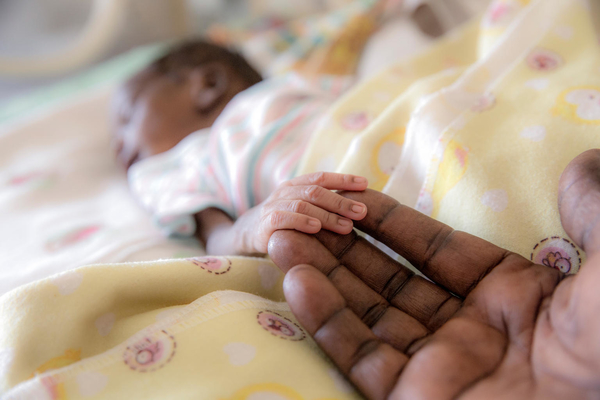
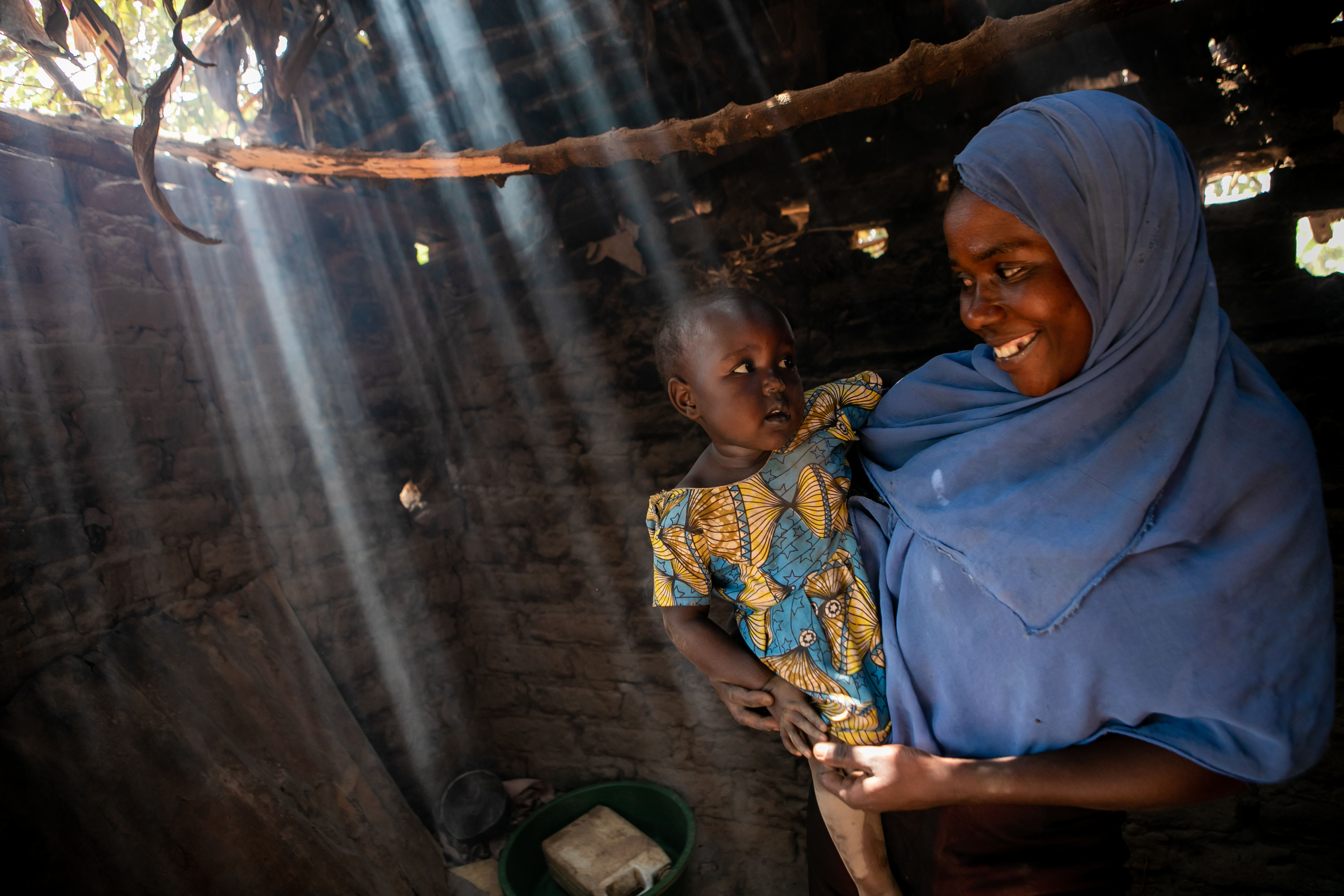
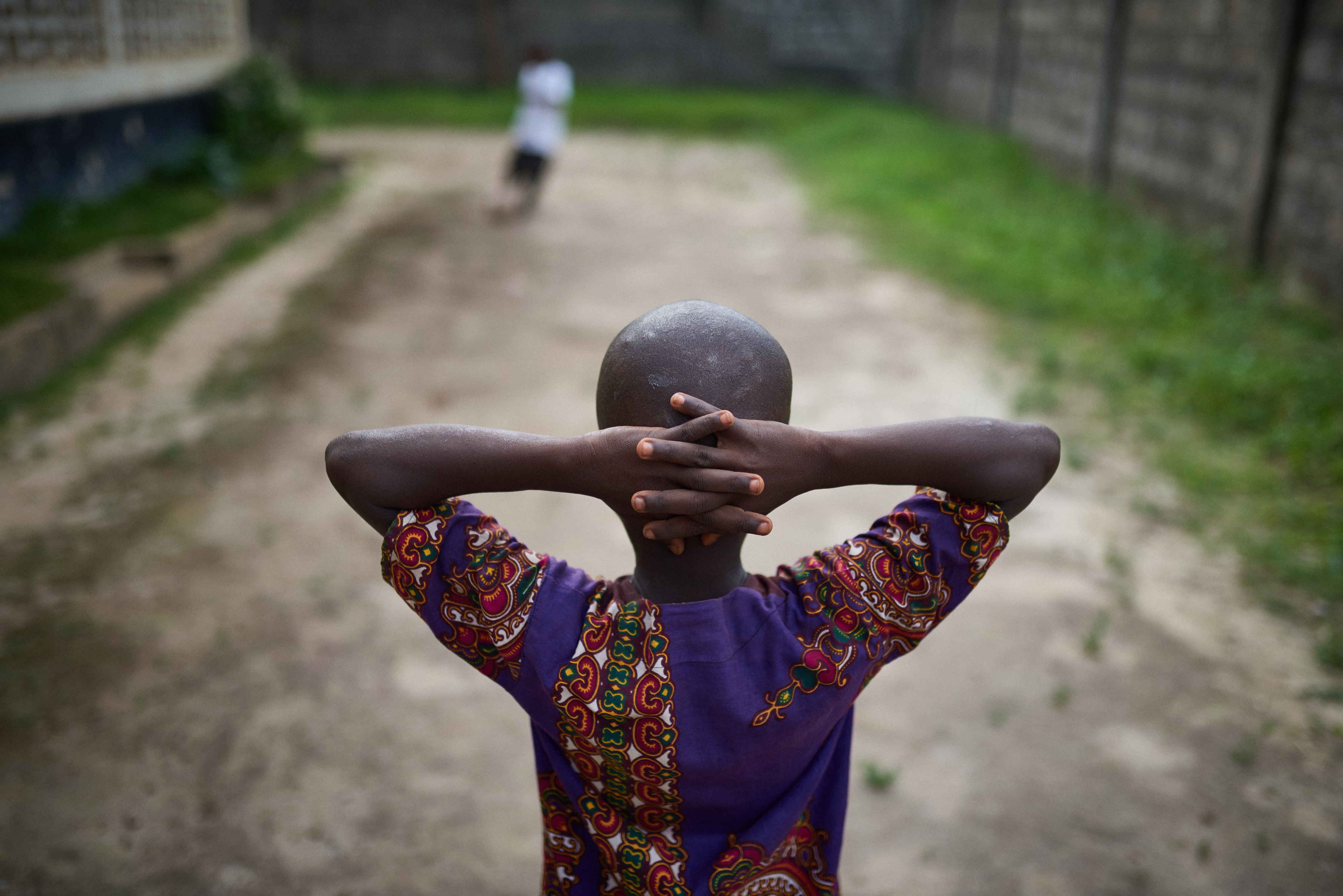
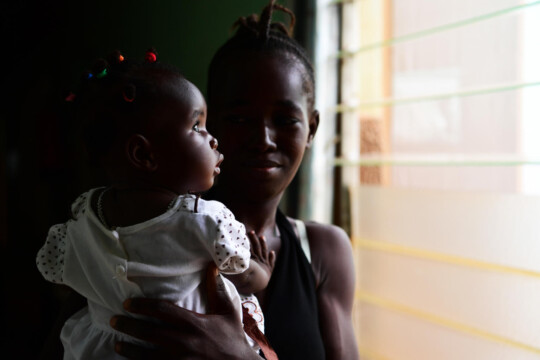
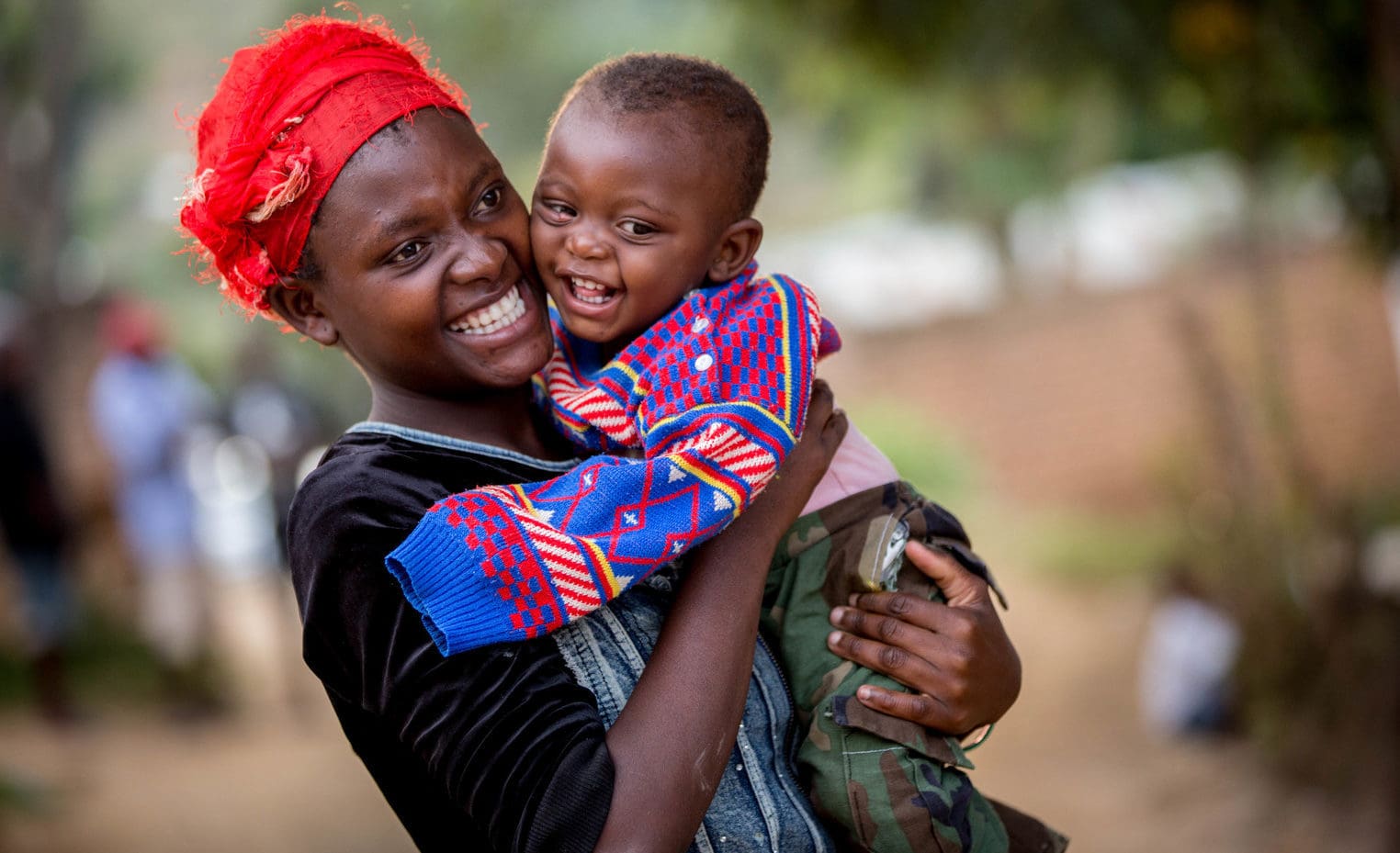
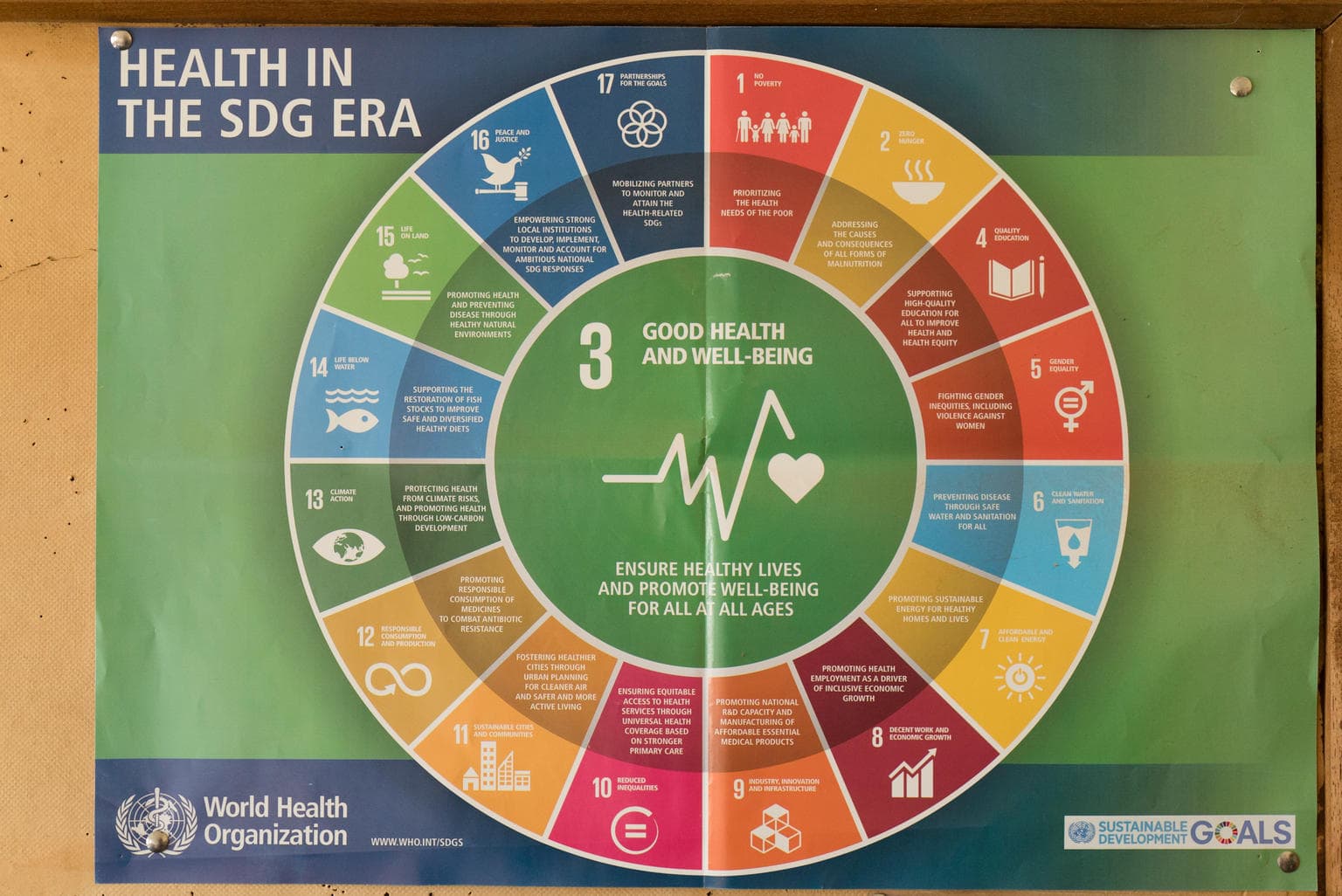
Data sources + methodology
Global AIDS monitoring 2023
In order to monitor the HIV response and progress towards achieving global goals, countries submit national and subnational data on a host of indicators to the Global AIDS Monitoring (GAM) system. Annual submissions are reviewed and validated. Data consist of programmatic data for HIV prevention, testing and treatment. Other indicators require data from population-based surveys and surveys focused on key populations at risk of HIV infection.
For more information, click here.
UNAIDS Estimates and Spectrum’s AIDS Impact Model
Each year countries update their AIDS Impact Model in Avenir Health’s Spectrum software to develop the latest estimates for the HIV epidemic. Supported by UNAIDS, WHO and UNICEF these estimates are used to inform programme and policy decisions for HIV epidemic response.
Useful links:
Methods for HIV modelling are developed by the UNAIDS Reference Group on Estimates, Modelling and Projections.
All available data on HIV estimates are available at aidsinfo.unaids.org.
Nationally representative surveys
Multiple Indicator Cluster Surveys (MICS), Demographic and Health Surveys (DHS), AIDS Indicator Surveys (AIS), Population-based HIV Impact Assessments (PHIA) reproductive health surveys, sexual behaviour surveys and other nationally representative surveys are currently used to collect data on HIV and AIDS.
